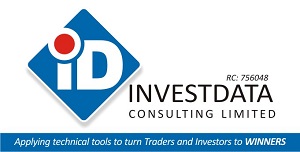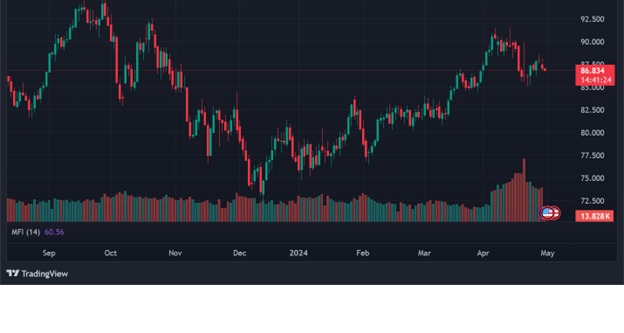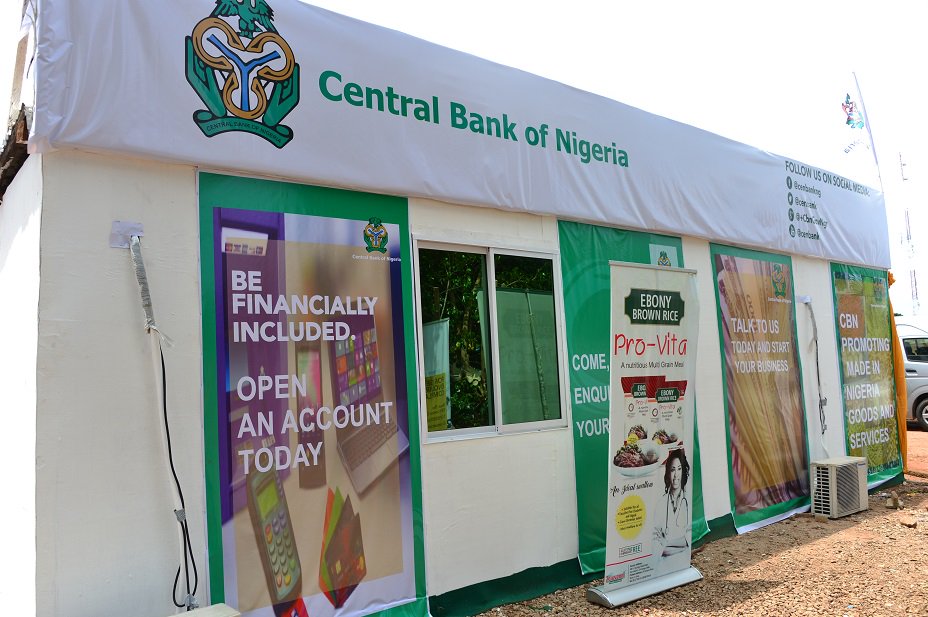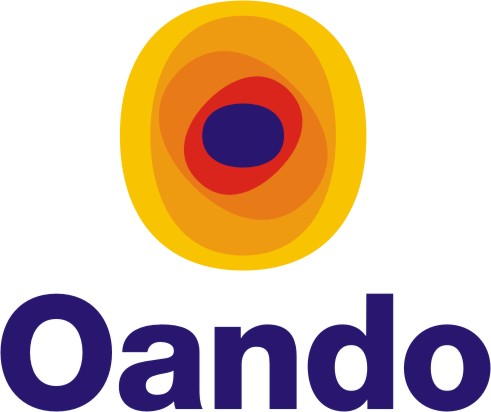Barclays Targets 12% Share Of Africa’s Banking Market, Eyes Return To Nigeria

Decades after exiting the country in the wake of the indigenization Decree of the General Olusegun Obasanjo military government in the late 70s, global banking giant- Barclays says it plans a return to Nigeria if only to double its share of the African banking market to 12% over the medium term.
As a result of the Decree, Barclays Bank was rechristened Union Bank of Nigeria with Nigerians becoming majority shareholders.
This reporter still found Barclays’ name etched on Union Bank’s 40 Marina head-office annex, beside Market Street, some months ago during a renovation of the building.
International newswires, Reuters and Bloomberg reported Thursday that the planned re-entry into Nigeria as a new market was announced by chief executive of Barclays Africa, Maria Ramos, during a presentation after South Africa’s number two bank by market value reported a 4% rise in annual profit thanks to a substantial decline in impairments.
“We will stretch ourselves to develop the platform for double-digit growth and build momentum to accelerate delivery,” Chief Executive Officer Maria Ramos was quoted as saying during a conference call.
“This is a critical period in which we will need to complete our separation from Plc, build and scale new capabilities, and rebuild our organizational and cultural foundations to capture growth,” he added.
Ramos, 59, said she will consider appropriate acquisitions to support the company’s growth plan, explore strategic partnerships and new markets, and use technology so the lender’s operations become fully digitized.
While Barclays Africa hasn’t set timelines for reaching the goals, it will seek to support the new strategy by:
Creating a consumer-finance business across Africa to fill a “rapidly growing need,” Ramos said. “We’re going to target this opportunity with our core middle and affluent customers and fully expect to grow our base here.”
Building a payments hub: “Payments is a highly profitable area and is growing at 8 percent annually. Our payments hub needs to be simple and intuitive and work on a single platform across the continent. It also needs to be affordable.”
Launch a transaction banking platform. “It’s going to account for two thirds of our wholesale revenue in three years. It’s fee based and has low capital requirements. Again, we need it to work seamlessly with our corporate and small business propositions, providing great cash management and access to our trade finance products.”





